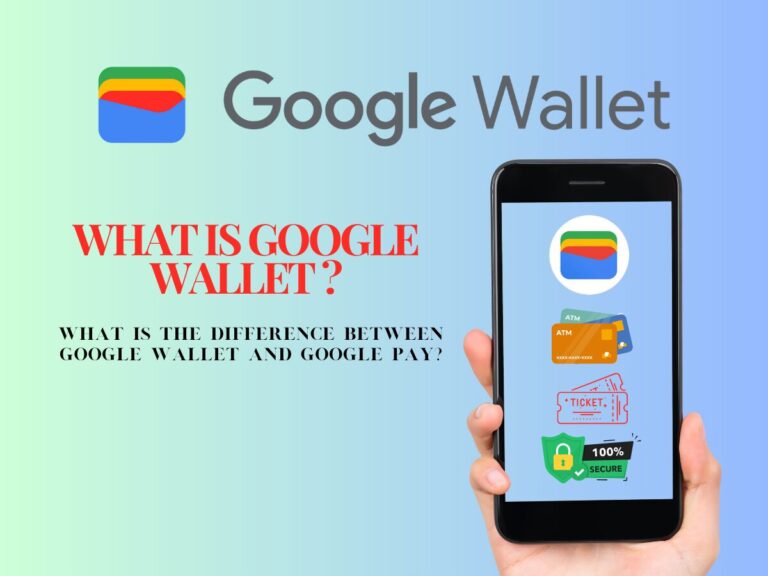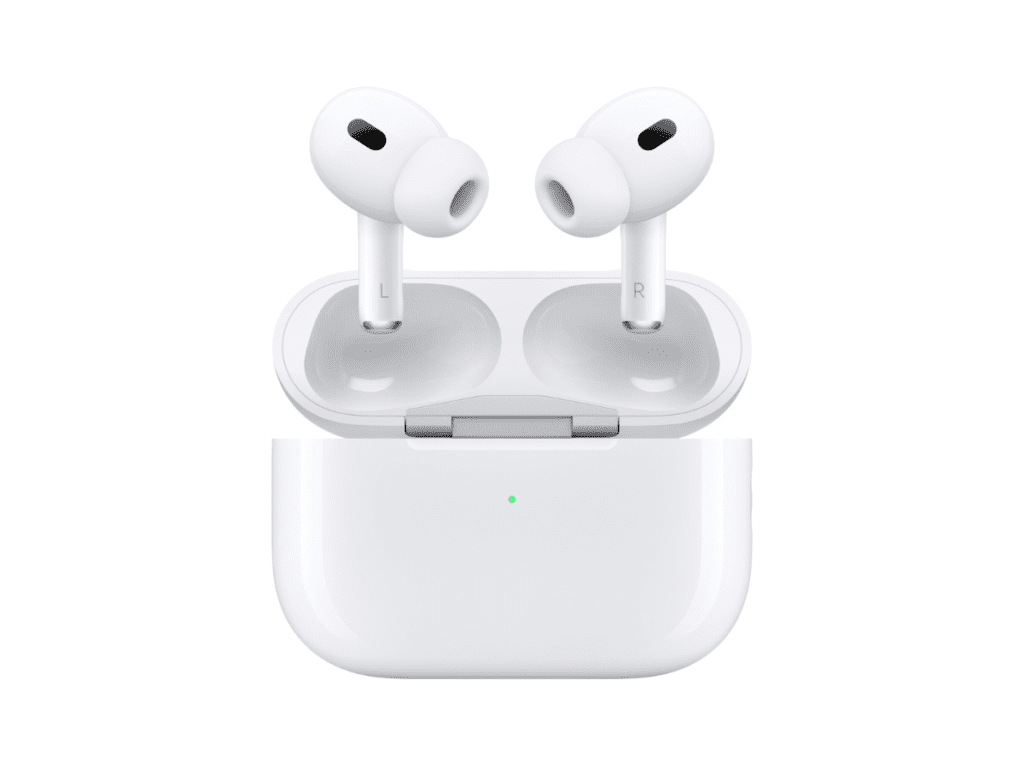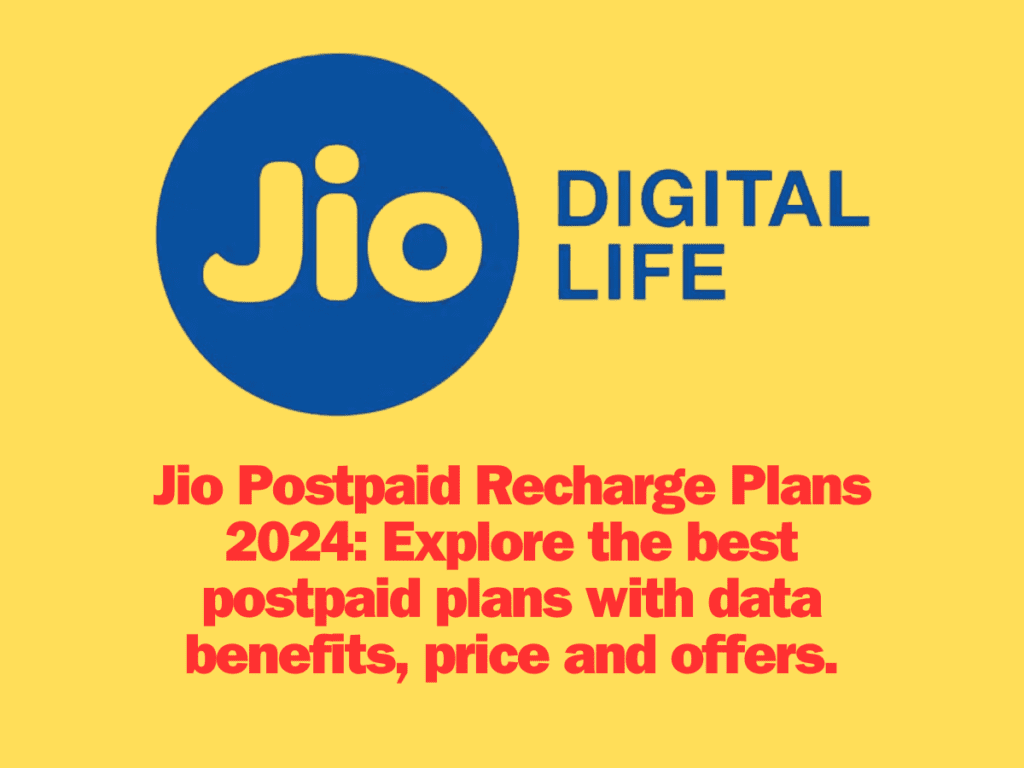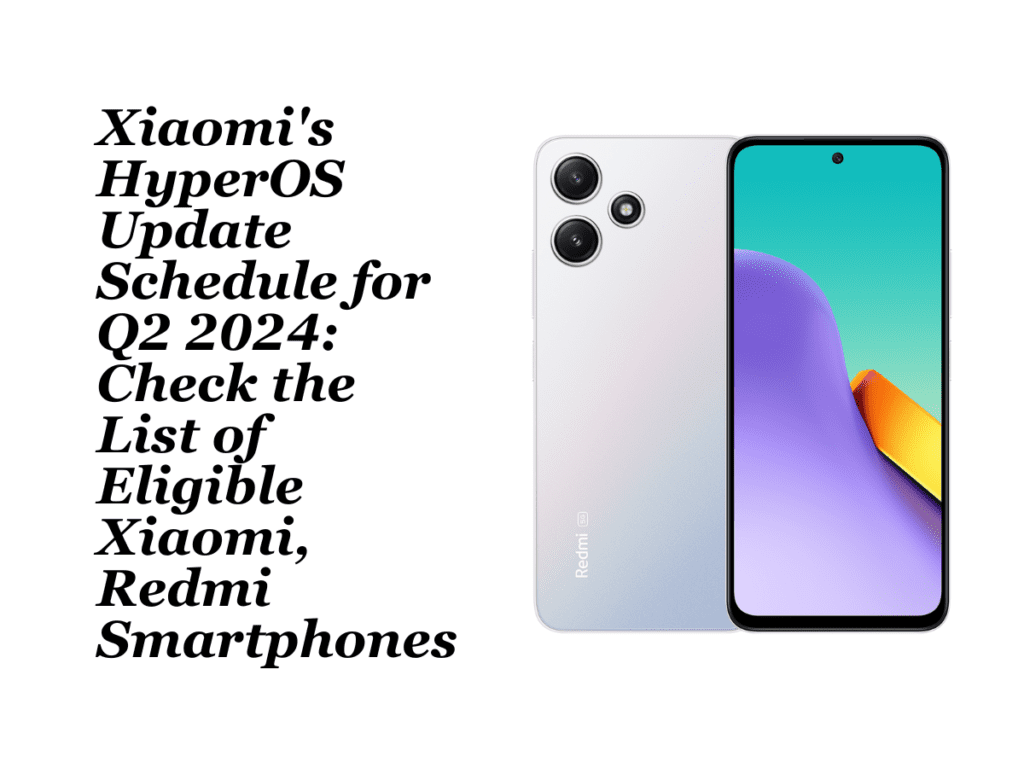As the Google Wallet has been launched by Google for Android users, there are still many people who are thinking about the difference between Google Wallet and Google Pay. It is an obvious question that users are curious about because Google Wallet is a newly launched App and people are still not familiar with it.
Google has always been a pioneer in the world of digital payments, constantly adapting to the changing landscape. They have developed a range of services that aim to make transactions smooth and safe. Among these services, Google Wallet and Google Pay stand out. Although people often use these names interchangeably, they serve different purposes and come with unique features. This article aims to shed light on Google Wallet and explain how it sets itself apart from Google Pay.
Understanding Google Wallet
Google Wallet is a digital wallet platform that allows users to store various types of cards digitally. Initially launched in 2011, Google Wallet has undergone several transformations to adapt to changing technology and consumer needs. This app is now available on Google Play Store and Android users can download it and use it on their smartphones. It is an easy and convenient wallet app for storing cards, tickets digitally, and much more with Google’s digital security.
Key Features of Google Wallet:
- Digital Storage: Google Wallet primarily functions as a digital storage space for various types of cards, including debit and credit cards, loyalty cards, gift cards, and even event tickets.
- Peer-to-Peer Payments: One of the standout features of Google Wallet is its ability to facilitate peer-to-peer payments. Users can send and receive money to and from friends and family with ease.
- Security: Google Wallet employs advanced security measures, such as encryption and tokenization, to ensure that your card information is kept safe.
- Integration with Google Services: Google Wallet integrates smoothly with other Google services, allowing for easy access and use within the Google ecosystem.
Understanding the Google Pay Payment App
Google Pay, on the other hand, is a more comprehensive payment platform. Launched in 2018, it consolidated two previously separate services: Android Pay and Google Wallet. Google Pay is designed to be an all-encompassing payment solution for both online and offline transactions.
Key Features of Google Pay:
- Contactless Payments: Google Pay is widely recognized for enabling contactless payments using your smartphone. Simply tap your phone at a compatible point-of-sale terminal to make a payment.
- Online and In-App Purchases: Google Pay can be used for online shopping and in-app purchases, providing a quick and secure way to complete transactions.
- Transit Passes: In many cities, Google Pay can store and manage your transit passes, allowing for easy tap-and-go access to public transportation.
- Rewards and Offers: Google Pay often provides users with exclusive rewards and offers, enhancing the overall value proposition for users.
- Integration: Much like Google Wallet, Google Pay integrates seamlessly with other Google services, as well as with a wide range of third-party apps and services.
Key Differences Between Google Wallet and Google Pay
While both services aim to simplify and secure transactions, there are several key differences between Google Wallet and Google Pay:
- Scope of Use:
- Google Wallet: Primarily focuses on storing digital versions of your cards and facilitating peer-to-peer payments.
- Google Pay: Offers a broader range of payment services, including contactless payments, online purchases, and transit passes.
- User Experience:
- Google Wallet: Acts more as a digital storage service for your various cards.
- Google Pay: Provides a more comprehensive payment solution with additional features such as rewards, offers, and broader acceptance in stores and online.
- Technology and Integration:
- Google Wallet: While secure and efficient, Google Wallet does not offer the same level of integration with point-of-sale systems as Google Pay.
- Google Pay: Leveraging NFC (Near Field Communication) technology, Google Pay enables quick and secure contactless payments and integrates more deeply with physical retail environments.
- Target Audience:
- Google Wallet: Ideal for users looking for a secure place to store their digital cards and for those who frequently send or receive money from friends and family.
- Google Pay: Best suited for users looking for a versatile and comprehensive payment solution that works both online and offline, with added perks like rewards and offers.
Conclusion
Google Wallet and Google Pay both serve important roles in the digital payments ecosystem, but they cater to slightly different needs. Google Wallet excels in secure card storage and peer-to-peer payments, making it a handy tool for managing digital versions of your physical cards. Google Pay, with its extensive range of features, offers a more holistic approach to digital payments, suitable for a variety of transactions both online and offline.
Understanding the difference between these two services can help users make informed decisions about which platform best suits their needs. Whether you’re looking to store your digital cards securely or seeking a versatile payment solution, Google has a service designed to meet your requirements.








